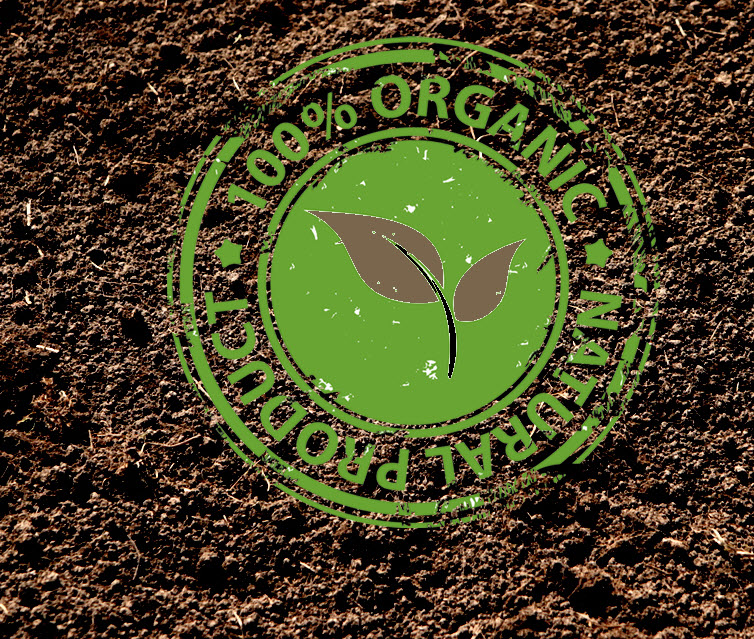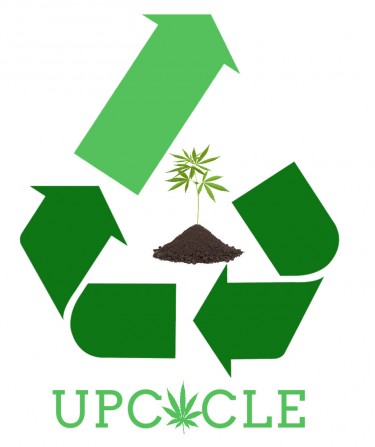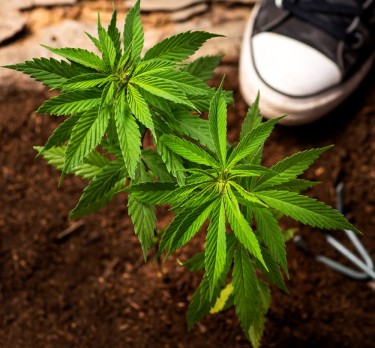
Organic vs. Non-Organic Soil – Big Marketing or Makes a Real Difference?
organic vs. non-organic soil
There has been a longstanding argument about which soil is best for growing cannabis. Experts have argued based on their preferences, and it looks like that argument may go on for some time.
The decision to grow organic or inorganic cannabis is a decision that can be influenced by several factors. Some of these factors are the nutritional composition of the soil and the optimal requirements of the cannabis plants being grown.
Like all living organisms, plants and animals, cannabis needs nutrients to survive and grow.
This article gives a comprehensive look at the pros and cons of using organic and inorganic soils to grow cannabis.
Growing with organic soil
Organic soil is a type of soil that is created by the systemic degradation of living (plant and animal) materials. It is a high quality soil that is home to microorganisms as well as other mineral nutrients that improve plant health and productivity.
When cannabis is grown organically, it means that the soil used is chemical-free. Organic soils contain more minerals and nutrients than normal soils. All soil forms (sand, clay and silt) are contained in equal parts and the moisture is sufficiently removed.
Growing cannabis organically simply means that the harvest is obtained from living materials. Synthetic compounds like chemical salts and pesticides are avoided in this growing process. Instead of artificial fertilizers, mineral rock dust or gypsum are used. They are popularly referred to as organic fertilizers.
Advantages of growing with organic soil
Cannabis plants need readily available nutrients in the right amount. Organic soil is made up of organic nutrients that are slowly released over time. There is less chance of overseeing the cannabis plants, and no nutrient burns. This keeps new cannabis plants safe.
Organic soils contain microorganisms that have a positive effect on the growth of cannabis plants. The activities of these microbes also improve the quality of the soil.
Organic soils are renewable and ecologically sustainable; if properly managed, the farmer can reuse the soil year after year. This can be better explained by how beneficial organisms stay in the soil. With proper cultivation, there is less chance of wastage and nutrient runoff. Organically produced cannabis has an improved taste and poses a lower risk to consumer health.
Disadvantages of growing with organic soil
Anything that has an advantage must also have a disadvantage.
Apart from the high acquisition costs for organic soil, the biggest disadvantage of organic soil is the longer time it takes for the nutrients to be broken down and made available to the plants. Experts cite the reason for this that organic soils need an optimal amount of microorganisms in order to break down living materials into nutrients, a process that takes time.
When growing cannabis plants using organic soil, nutrient deficiencies are not easy to spot. The farmer may not be able to remedy the deficiency as quickly as necessary
The climate of an environment determines how the microbial population functions best in organic soils. In cold climates, the soil microbes work slowly to provide the plants with nutrients. This means that organic soil is more difficult to use in colder climates.
Organic soils can be improved with a combination of organic materials such as mulch, compost and manure.
Mulch: This is a natural material that can be applied to the top of the soil at the base of the cannabis plants. This includes tree debris, wood chips, rotting leaves, tree bark, and other plant materials. These organic materials have different textures, smells and colors.
Cannabis mulch is used to enrich the soil with nutrients that are released when the materials decompose. Mulch reduces the rate of evaporation and keeps the soil at the optimal temperature.
Compost: These are organic waste products that arise from rotting organic materials such as leftover food and grass clippings. This process turns normal dirt into organic soils with a high nutrient content.
Compost is used to balance the pH of the soil, especially if the oil is alkaline. This is because compost is acidic. It also released nutrients to the soil.
Fertilize: This is waste from living animals. It’s filled with organic nutrients that improve soil quality for all growing purposes. Manure is the most common form of organic material used to improve soil quality. In cannabis plants, it is added to improve nutrient-poor soils. It can also be used to convert ordinary soil into organic soil.
Growing with inorganic soil
An inorganic soil is a synthetic soil that contains little or no amounts of organic nutrients. This type of soil is free from contamination and maintains a neutral pH.
Inorganic soil is mainly used in large-scale cannabis production. Here the chemical (artificial) nutrients provide the necessary minerals that the cannabis plants need for growth.
Inorganic soil contains nitrogen (N), which is obtained by a synthetic fixation process known as the Haber-Bosch process. The other important minerals phosphate (P) and potassium (K) are artificially extracted from minerals. Organic soils contain N, P and K in different proportions.
Advantages of growing with inorganic soil
Inorganic soil nutrients are readily available and much cheaper to obtain.
Due to the availability of inorganic soils in the exact proportion of the essential nutrients, the grower can control the amount of nutrients supplied to the plant to ensure that its specific nutritional needs are met at all stages of its growth. This leads to better and better harvests that have a higher cannabinoid content.
With inorganic soil, the cannabis plant can easily access the chemical nutrients it needs. This will quickly absorb minerals and other essential compounds from the soil, which would be perfect for quickly remedying a nutritional deficiency.
The disadvantage of growing with inorganic soil
When used by inexperienced farmers, there is a high possibility that the plants will become covered with inorganic nutrient components, causing nutrient burns. In the course of time, inorganic soil becomes deficient as soon as the synthetic nutrients are depleted.
Bottom line
Choosing the right type of soil depends on the preferences and experience of the farmer. Farmers must always put cannabis users’ health first when trying out which soil is best for their cannabis strains.
MORE ABOUT SOIL, READ THIS …

UPCYCLING YOUR CANNABIS WASTE IN YOUR FLOOR? SEE WHAT GROWERS SAY!
OR..

CANNABIS SOIL PREP 101 – WHAT SHOULD YOU DO BEFORE PLANTING A SEED?

Post a comment: